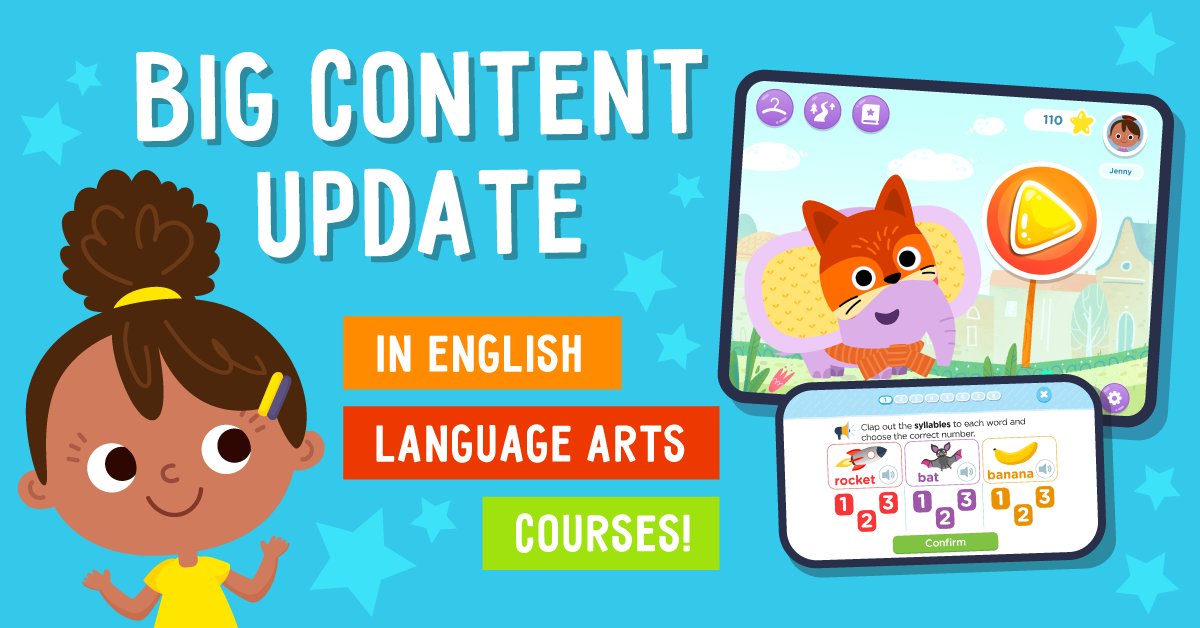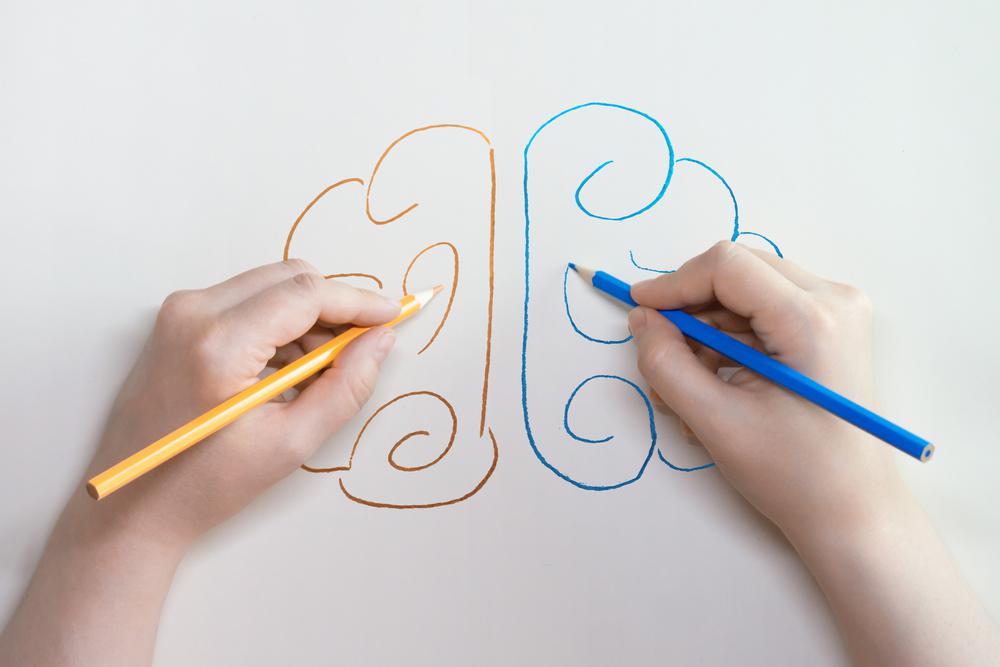Color Identification Worksheets for Ages 5-6
49 filtered results
-
From - To
Discover our engaging Color Identification Worksheets for ages 5-6, designed to make learning fun and interactive! Perfect for young learners, these printable resources help children develop essential color recognition skills through a variety of activities. With colorful illustrations and hands-on exercises, your child will explore colors while enhancing their cognitive and motor skills. From coloring pages to matching games, each worksheet offers a unique way to reinforce color knowledge and encourage creativity. Ideal for homeschooling or classroom use, our worksheets ensure that kids gain confidence in their abilities while enjoying the vibrant world of colors. Start learning and creating today!
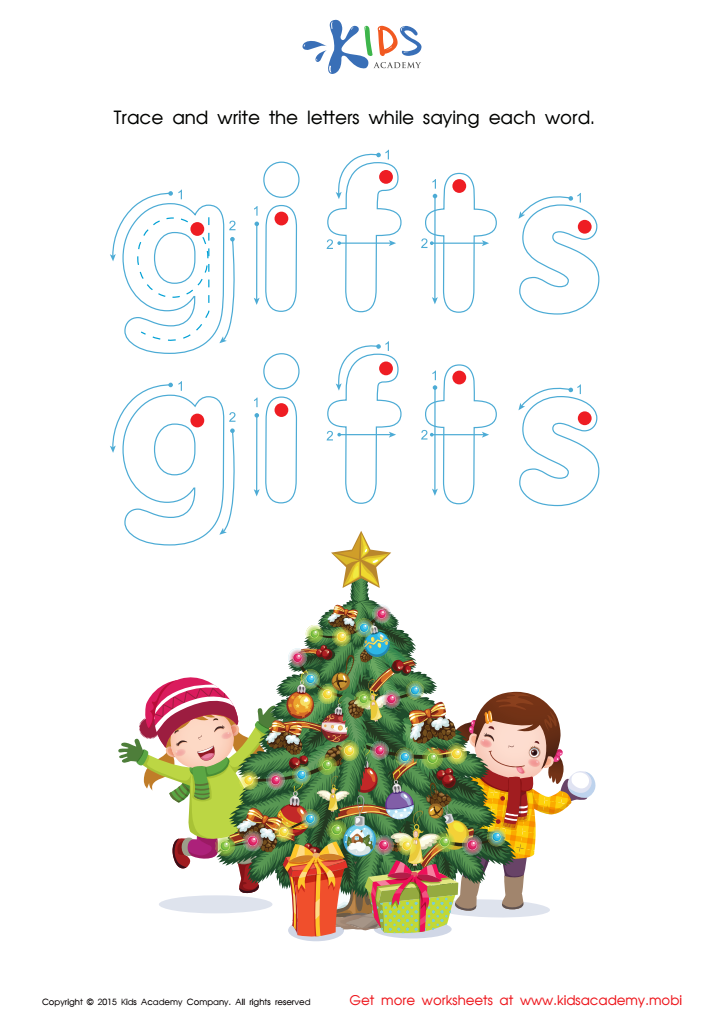

Christmas Tree Tracing Winter Words Worksheet
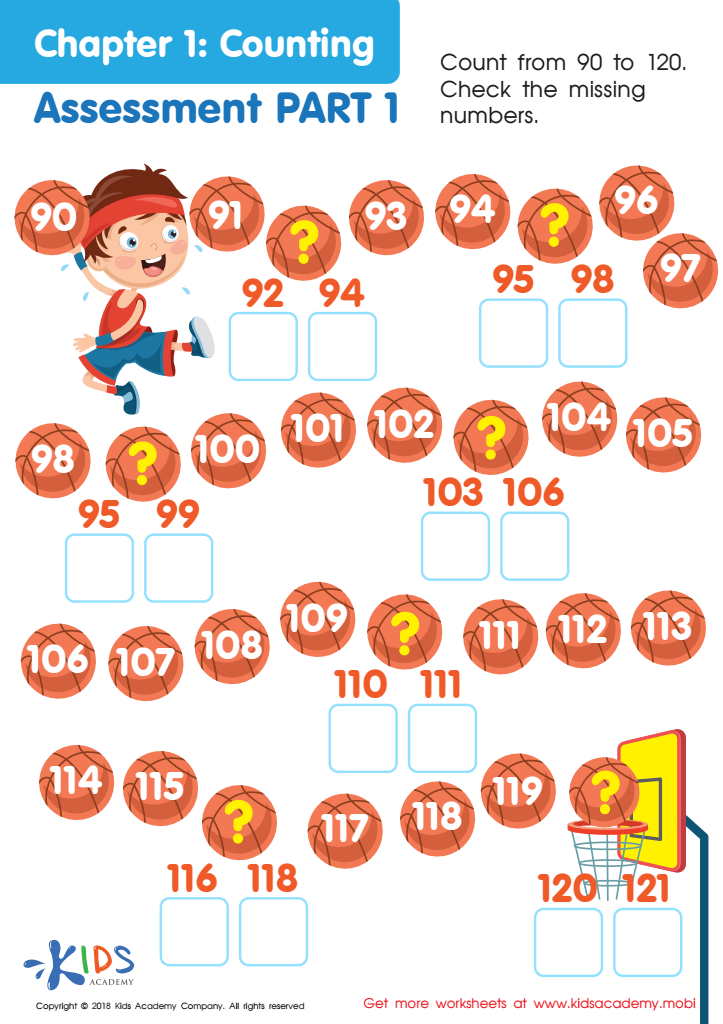

Counting Past 1: Assessment 1 Worksheet


Robot Printable
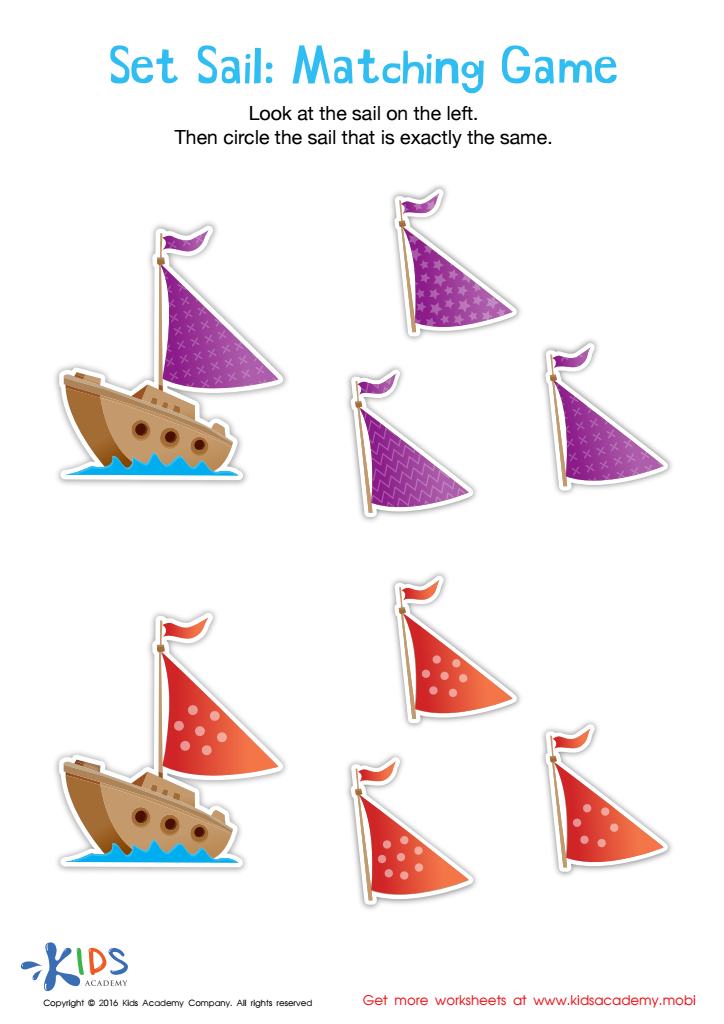

Set Sail Worksheet
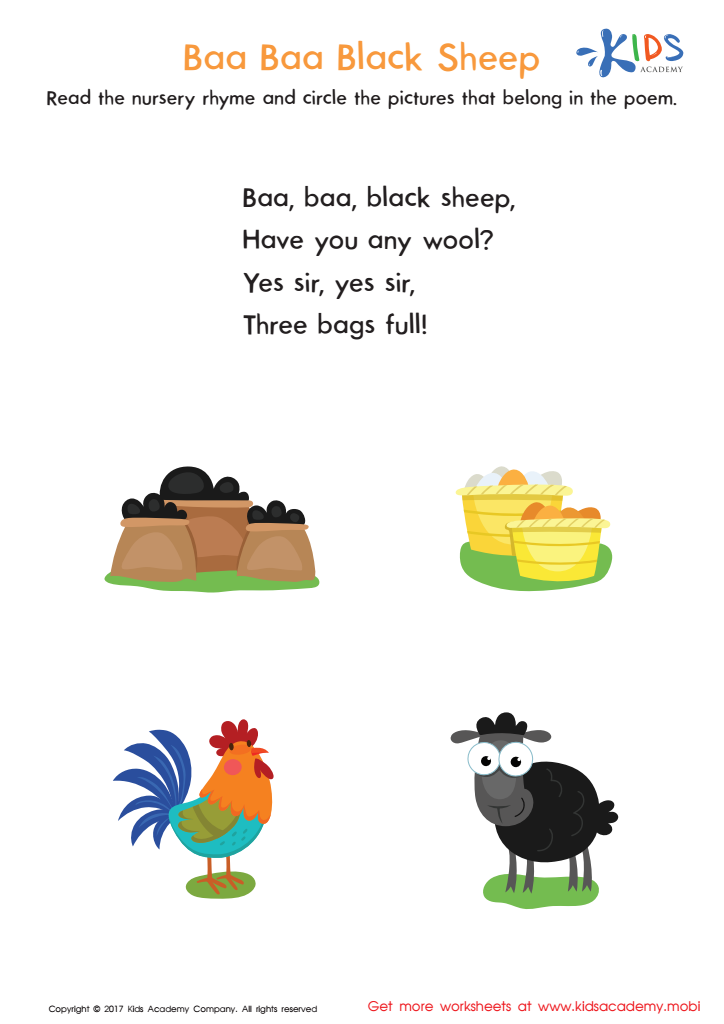

Baa Baa Black Sheep Printable
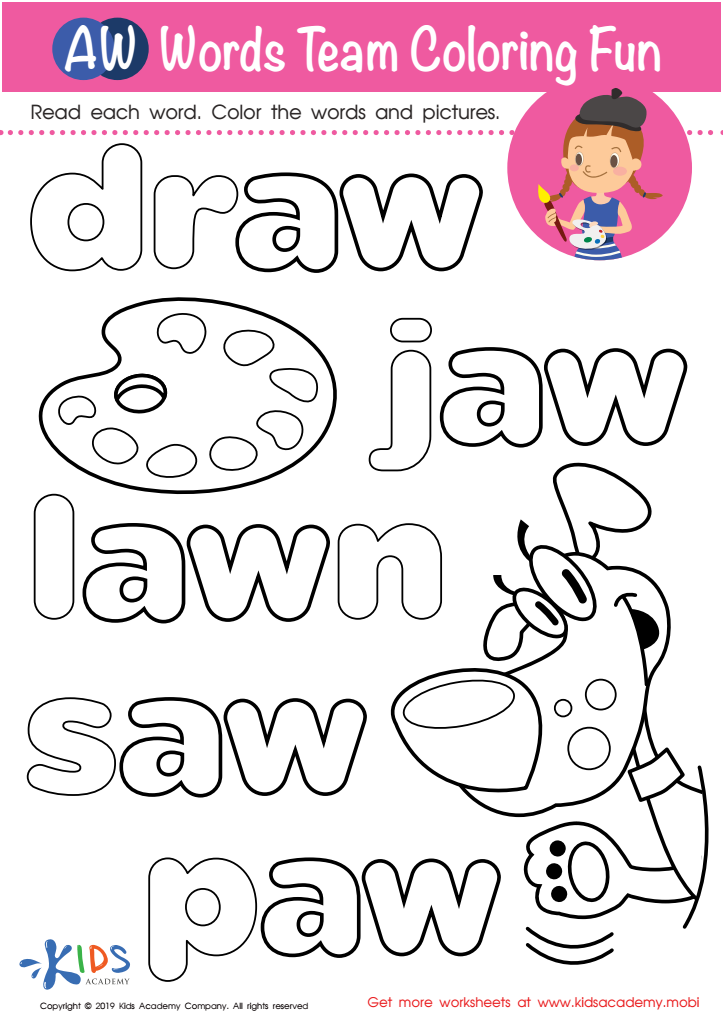

AW Words Team Coloring Fun Worksheet
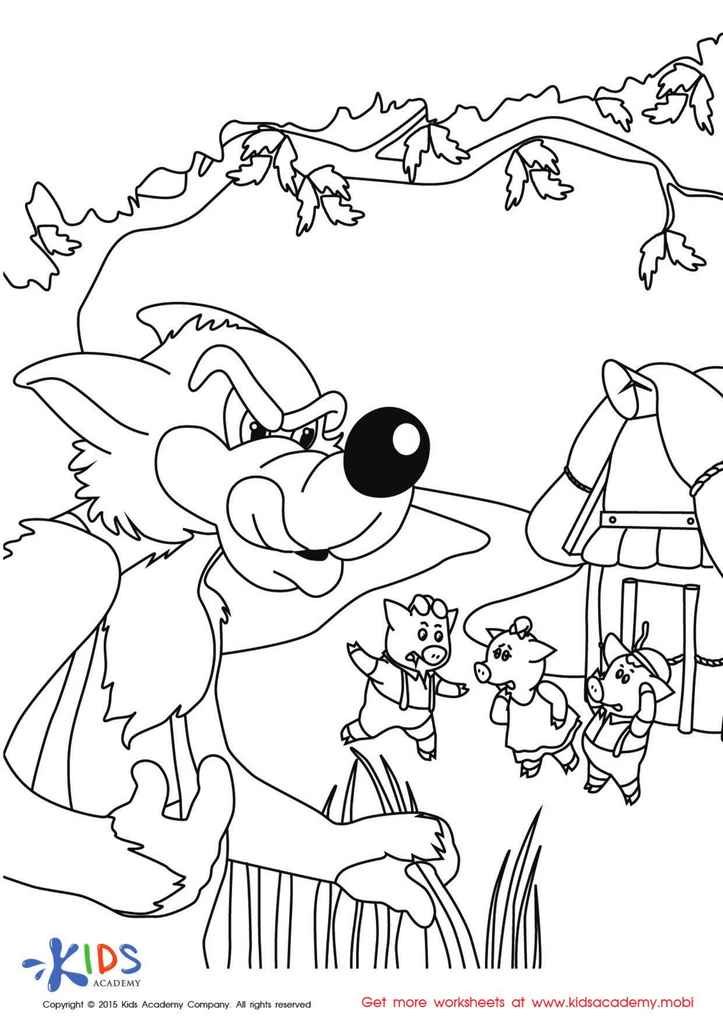

The Story of the Three Little Pigs Coloring Worksheet
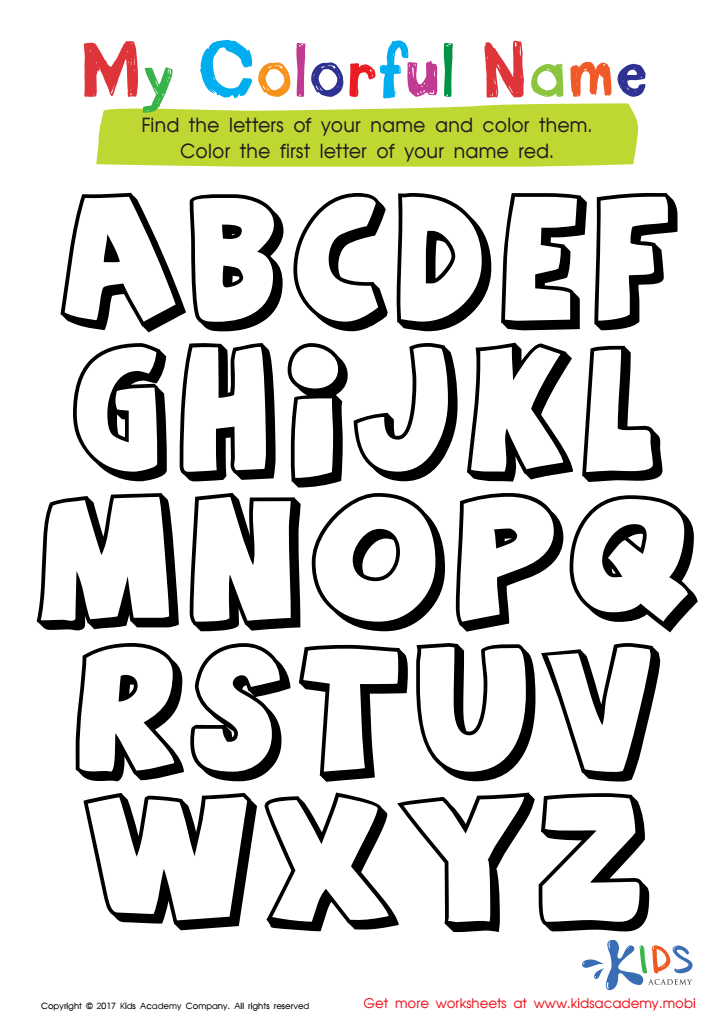

My Colorful Name Worksheet
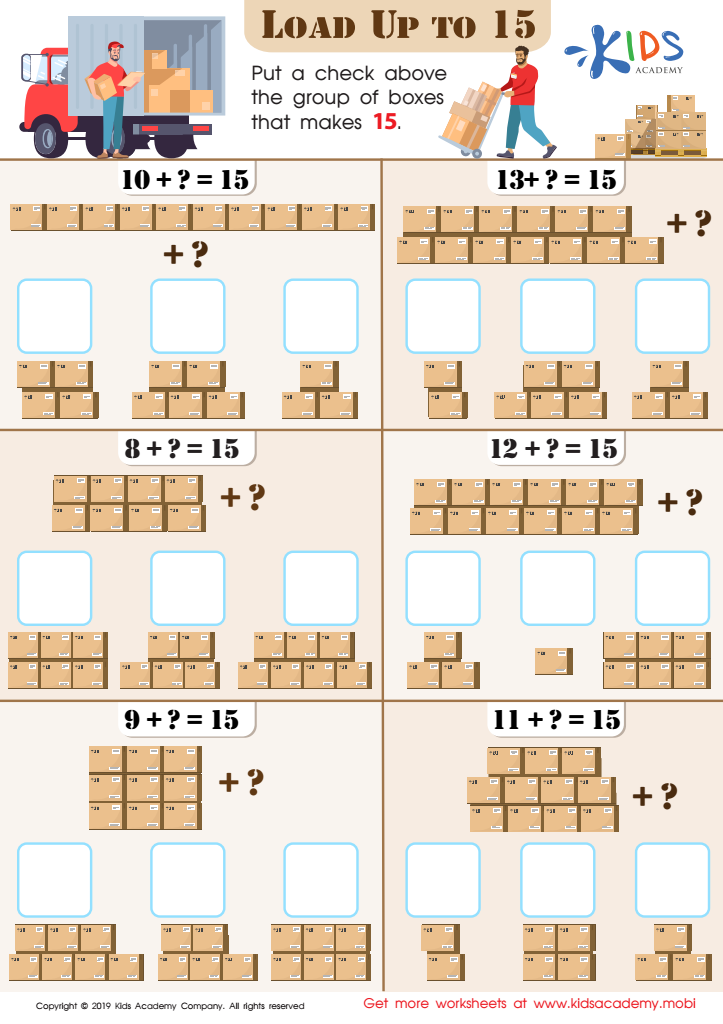

Load up to 15 Worksheet
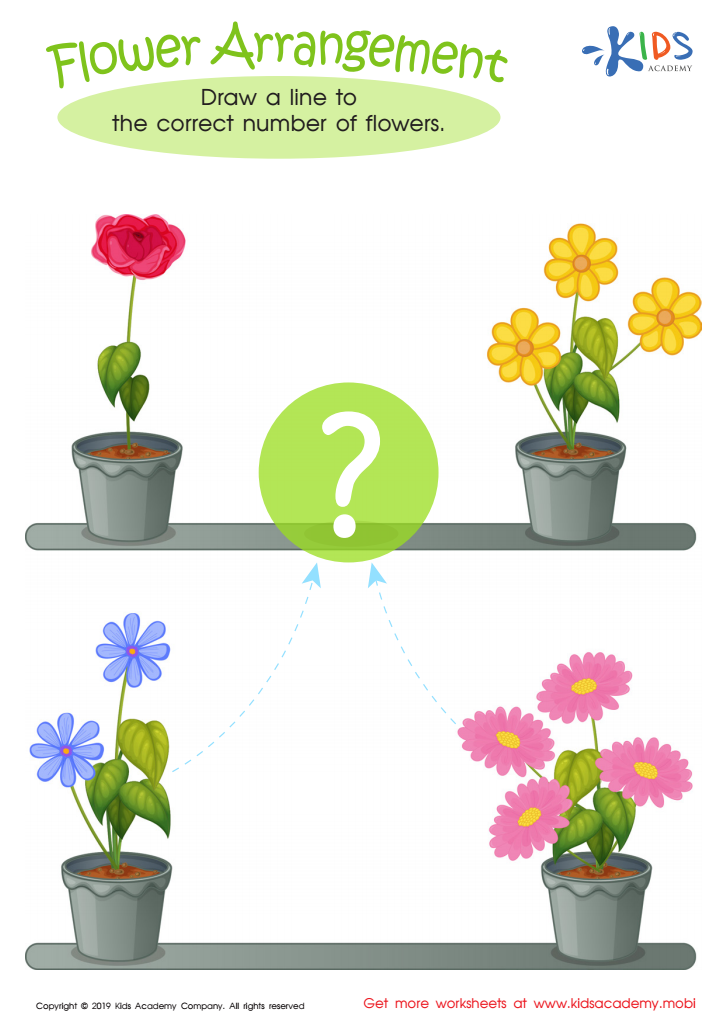

Flower Arrangement Worksheet
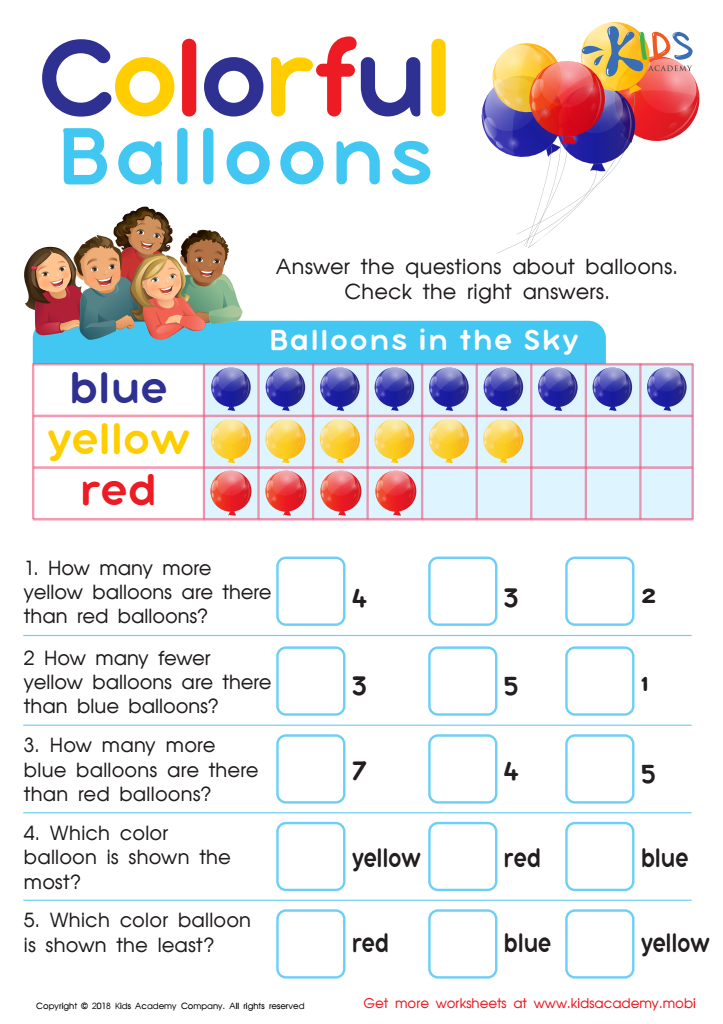

Picture Graphs: Colorful Balloons Worksheet


Fish Worksheet
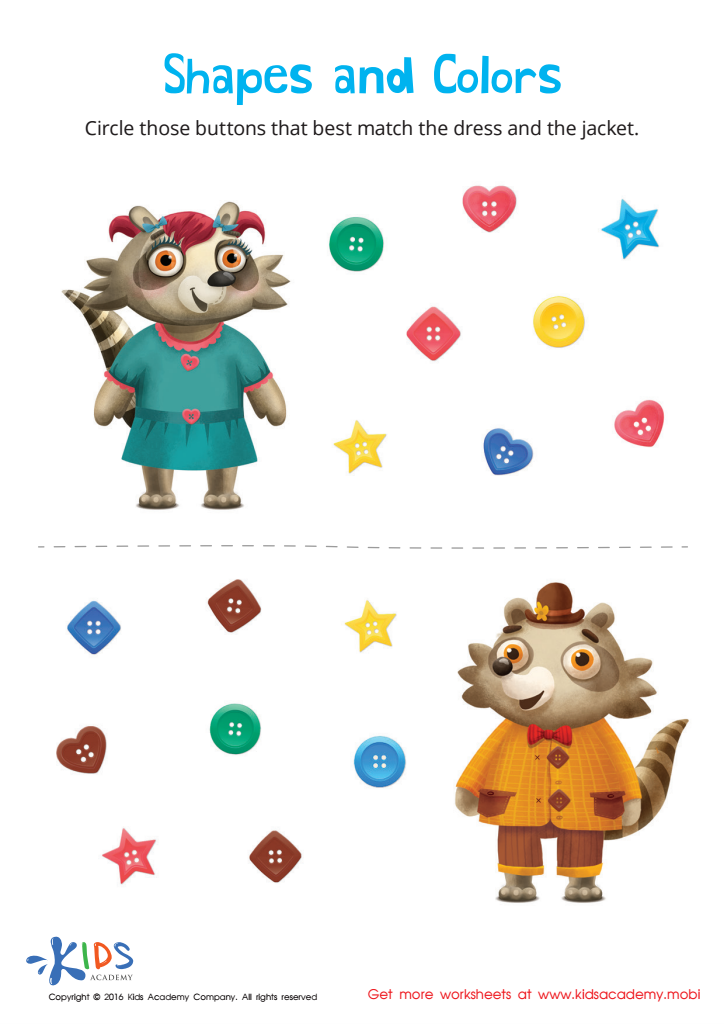

Matching: Shapes and Colors Worksheet
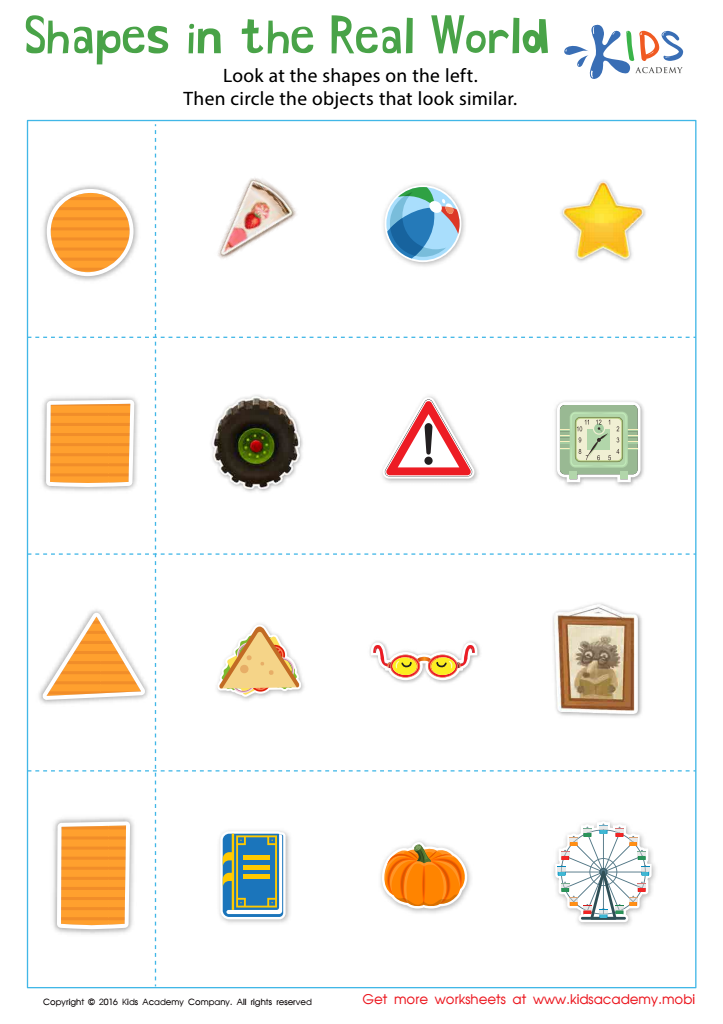

Shapes in the Real World Worksheet
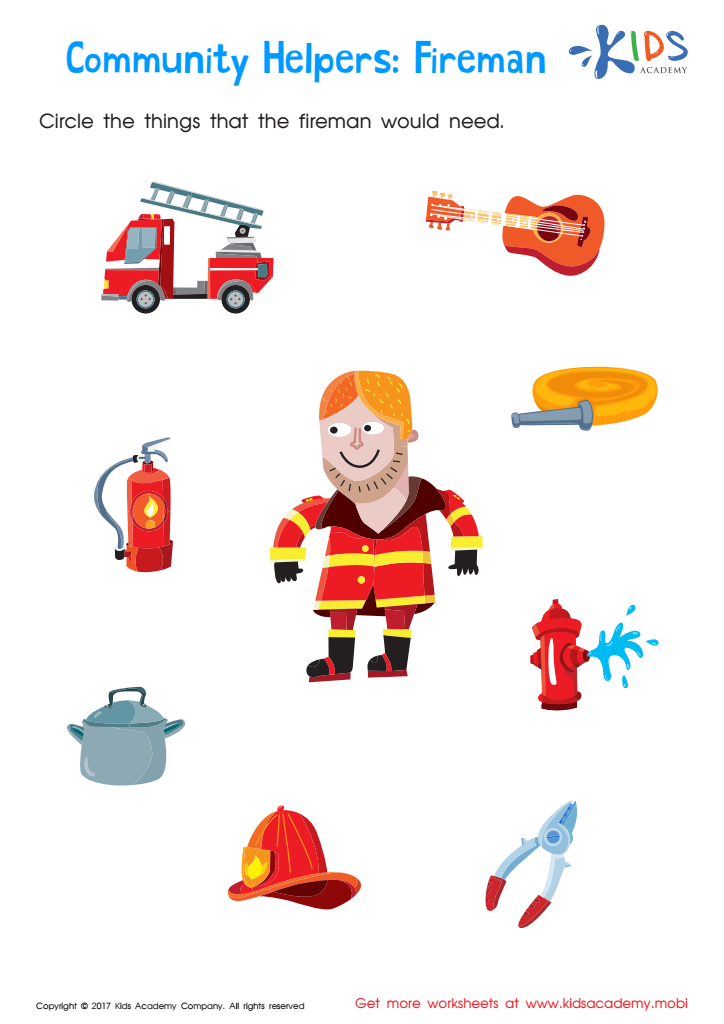

Fireman Worksheet
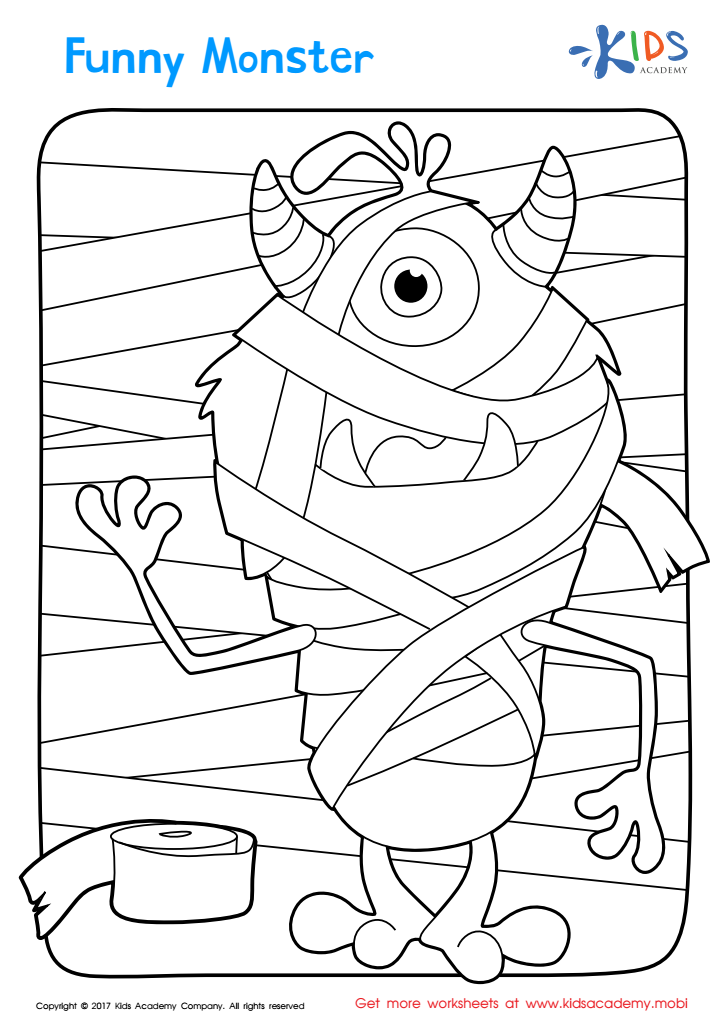

Halloween: A Funny Monster Worksheet
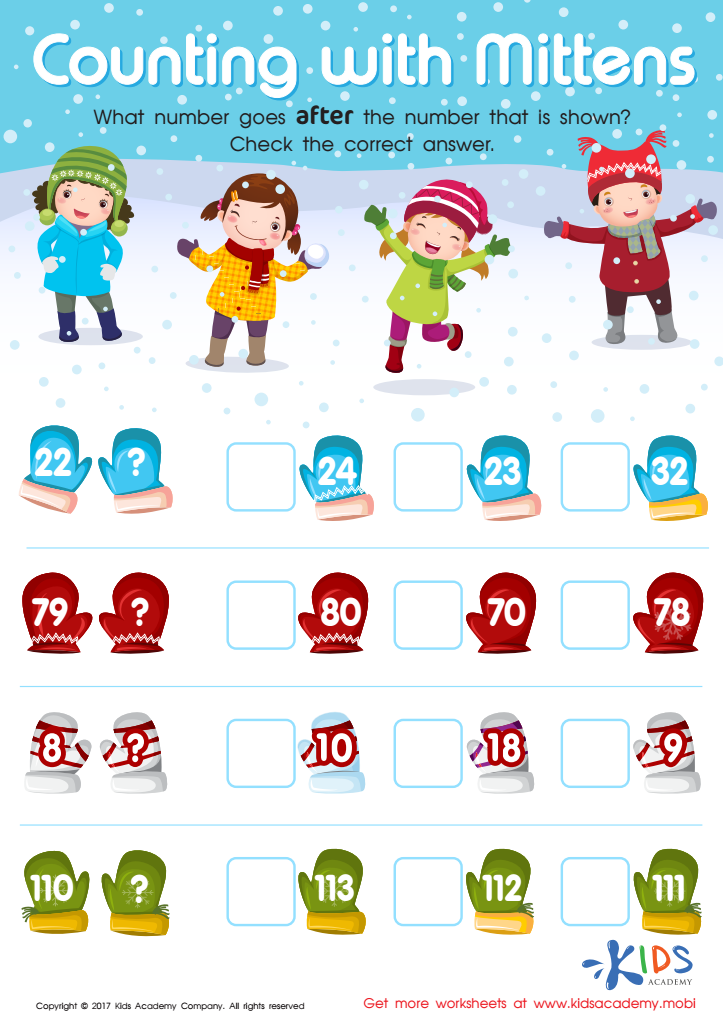

Counting with Mittens Worksheet
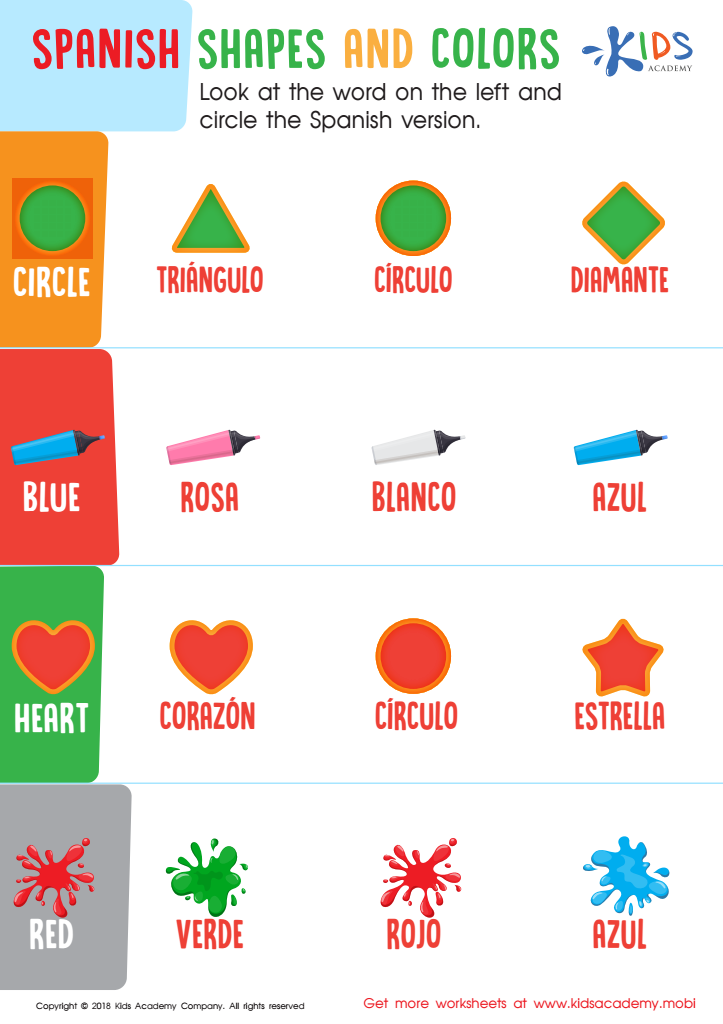

Spanish Shapes and Colors Worksheet


Red Tracing Color Words Printable
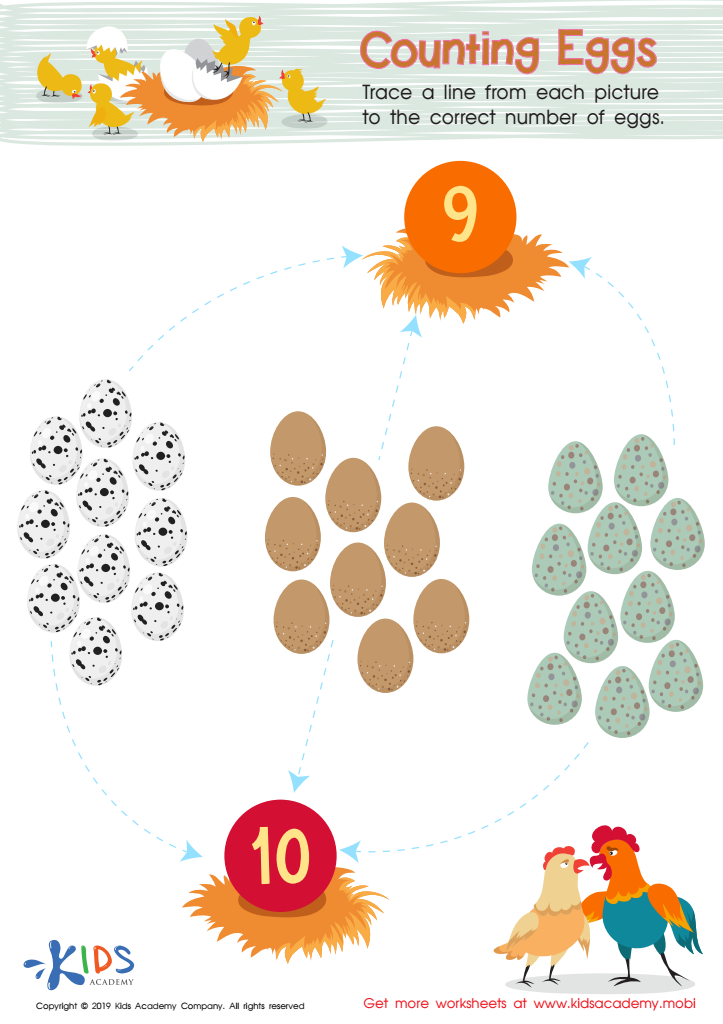

Counting Eggs Worksheet


6 Parrots Worksheet
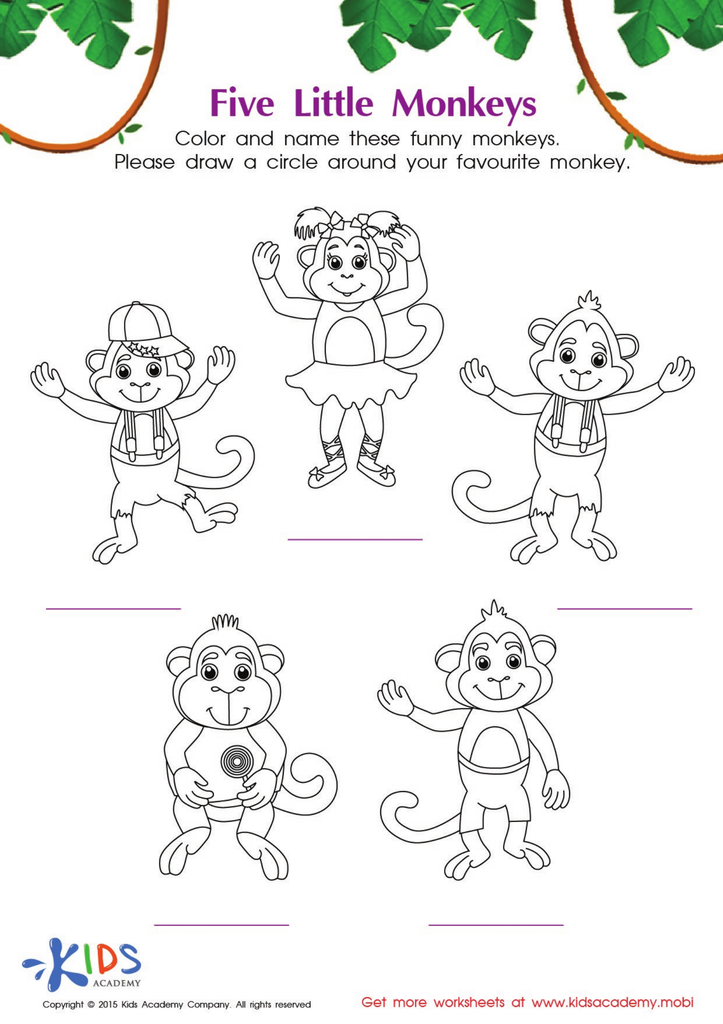

The Five Little Monkeys Coloring Worksheet
Color identification is a fundamental skill for children aged 5-6, as it lays the groundwork for broader learning experiences. At this developmental stage, young learners start to make sense of their world, and recognizing colors enhances their ability to categorize and describe surroundings, boosting their cognitive development. Parents and teachers should prioritize color identification for several reasons.
Firstly, it is integral to early literacy. Children often encounter colors in books, games, and everyday conversations, and recognizing them can improve language skills and vocabulary. Secondly, color identification assists in math learning, as concepts like sorting, counting, and patterns often incorporate colors.
Moreover, color recognition supports artistic expression and creativity. By understanding colors, children can experiment with art materials, bolstering their fine motor skills and imaginative play. Socially, sharing and discussing preferences for colors can help children develop communication skills and form connections with peers.
Lastly, knowledge of colors is also practical; it aids in safety awareness and navigating environments. By instilling strong color recognition skills, teachers and parents set a solid foundation for lifelong learning, establishing confidence and curiosity in young learners as they explore the world around them.

 Assign to My Students
Assign to My Students



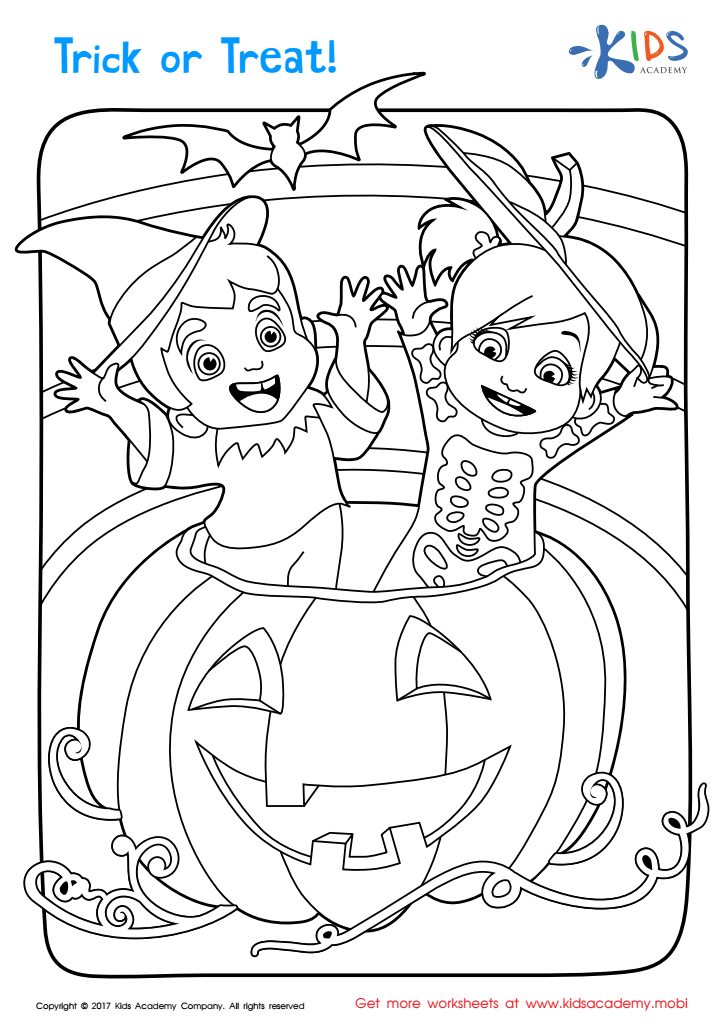
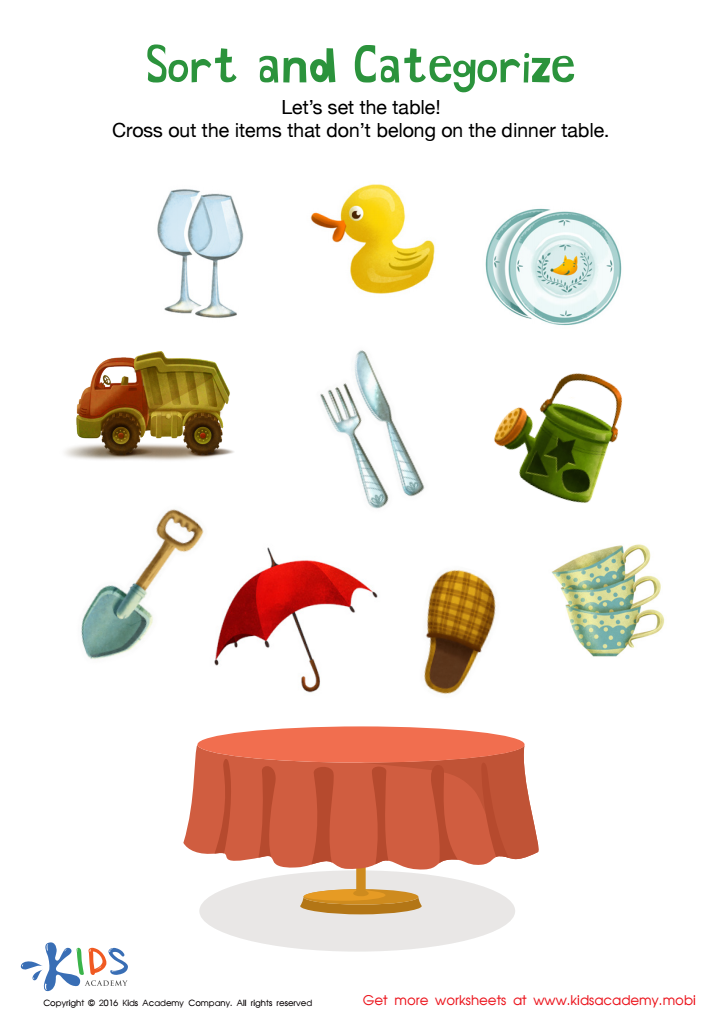





.jpg)

